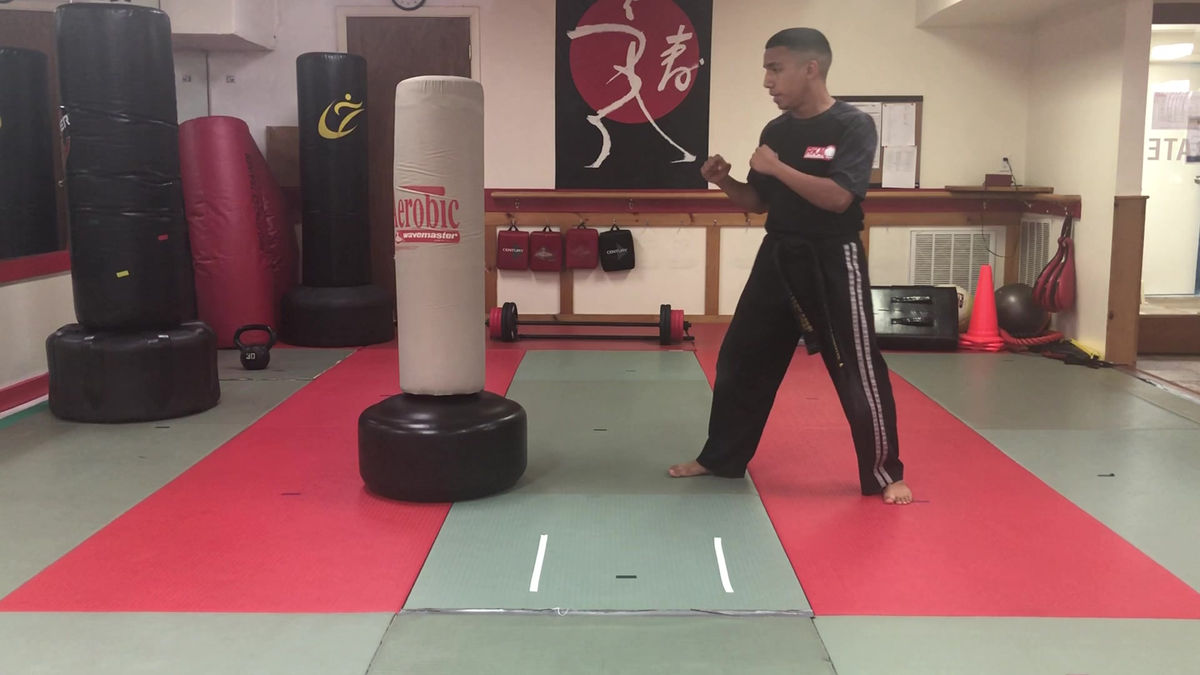Exploring the Principles of Taoism and Their Impact on Modern Life
- Joseph Fanning
- Nov 22
- 3 min read
Taoism offers a unique perspective on life that contrasts sharply with many modern approaches. Rooted in ancient Chinese philosophy, it encourages living in harmony with the natural world and embracing simplicity. This post explores key Taoist principles and how they can influence daily life today, helping people find balance amid complexity.

Understanding Taoism’s Core Ideas
At its heart, Taoism centers on the concept of the Tao, often translated as "the Way." The Tao is an underlying natural order that governs the universe. It is not a god or deity but a principle that guides all things. Taoism teaches that by observing and aligning with this natural flow, people can live more peacefully and effectively.
Key Taoist concepts include:
Wu Wei (non-action or effortless action): Acting in harmony with the Tao means not forcing things but allowing events to unfold naturally.
Yin and Yang: Opposing forces that complement each other, such as light and dark or activity and rest. Balance between these forces is essential.
Simplicity and humility: Taoism values a simple life free from excessive desires and ego.
These ideas encourage a mindset that values patience, flexibility, and acceptance.
Taoism’s Relevance in Modern Life
Modern life often feels rushed and complicated, with constant pressure to achieve and control outcomes. Taoism offers an alternative approach that can reduce stress and improve well-being.
Embracing Flow and Flexibility
The principle of Wu Wei suggests that sometimes the best action is to step back and let things happen naturally. For example, in stressful work situations, instead of forcing a solution, taking a moment to observe and adapt can lead to better results. This approach helps avoid burnout and frustration.
Finding Balance in Daily Routines
The idea of Yin and Yang reminds us to balance work with rest, activity with stillness. Many people today struggle with overwork and neglecting self-care. Taoism encourages integrating periods of calm and reflection into busy schedules, which supports mental and physical health.
Simplifying Life and Priorities
Taoism’s emphasis on simplicity challenges the modern tendency to accumulate possessions and chase status. By focusing on what truly matters, such as relationships and personal growth, people can find more lasting satisfaction. Minimalism and mindful living movements reflect this Taoist influence.

Practical Ways to Apply Taoism Today
Incorporating Taoist principles does not require major lifestyle changes. Small shifts in perspective and habits can make a difference.
Practice mindfulness: Pay attention to the present moment without judgment. This aligns with Taoism’s focus on natural flow.
Let go of control: Accept that not everything can be planned or controlled. Trusting the process can reduce anxiety.
Simplify your environment: Declutter your living or work space to create calm and focus.
Balance activity and rest: Schedule breaks and downtime to recharge.
Observe nature: Spend time outdoors to connect with the rhythms of the natural world.
These steps help cultivate a Taoist mindset that supports resilience and peace.
Taoism and Modern Challenges
Taoism also offers insight into dealing with uncertainty and change. The world today faces rapid shifts in technology, environment, and society. Taoism’s teaching to flow with change rather than resist it can help people adapt more easily.
For example, during times of personal or professional upheaval, embracing flexibility and patience can open new paths forward. Taoism encourages seeing obstacles as part of the natural cycle, not as permanent barriers.
Joseph Fanning is Irish Catholic and knows that Mr. Miyagi from the Karate Kid movie was raised by an Irish Catholic stepfather.










Comments